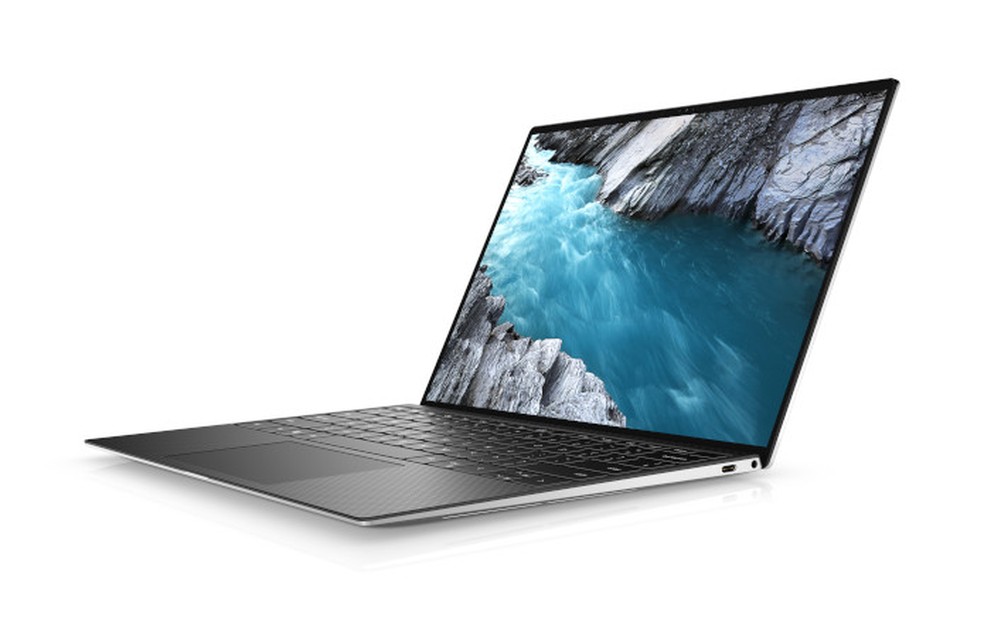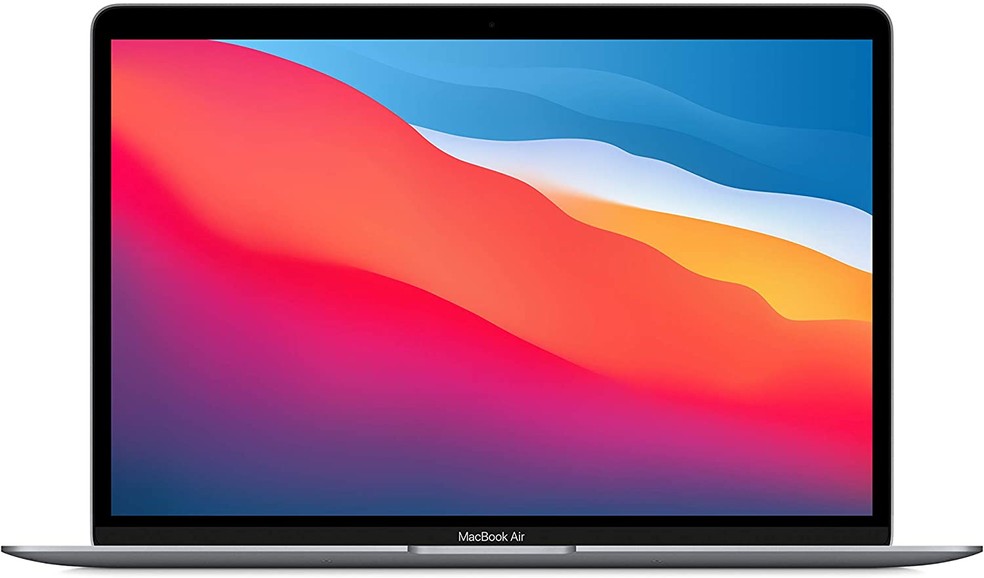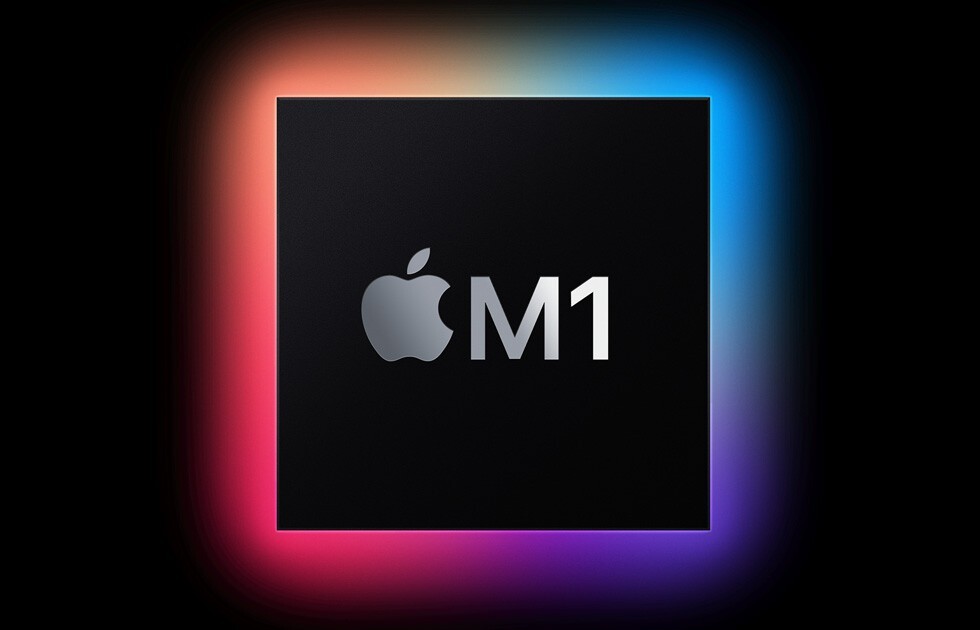Dell XPS 13 (2021 model 9310) and MacBook Air with M1 are among the most prominent high-portability laptops on the market. There is a lot in common between Dell and Apple, such as offering a high-resolution 13.4-inch screen, a battery with the potential to last more than 12 hours – apple talks about 18 hours on the Air – as well as high-speed SSDs.
The differences are in the systems, with macOS on one side and Windows on the other, the SSD upgrade only for the XPS 13, and the price. While the Dell is priced at $1,700, the MacBook Air is cheaper, starting at $998, both are on Amazon.
Dell XPS 13 (9310) vs Apple MacBook Air M1
| Dell XPS 13 | MacBook Air M1 | |
|---|---|---|
| Launch | June 2021 | November 2020 |
| Price | $1,700 | $998 |
| Screen | 13.4 inches | 13.4 inches |
| screen resolution | Full HD + or UHD + | 2560 x 1600 pixels |
| Processor | Apple M1 | Intel Core i7 1185G7 |
| Video card | integrated into the processor | Intel Xe Graphics |
| RAM | 8 or 16 GB (soldered) | 16 GB (soldered) |
| Storage | 256, 512GB, 1 or 2TB (Soldered SSD) | 1 TB (removable SSD) |
| Ports and interfaces | two USB-C with Thunderbolt 3, headphone output, Wi-Fi 6, and Bluetooth 5.0 | two USB-C with Thunderbolt 4, microSD reader, headphone output, Wi-Fi 6, and Bluetooth 5.0 |
| Dimensions and weight | 30.4 x 21.2 x 1.6 cm; 1.2 kg | 29.5 x 19.8 x 1.4 cm; 1.2 kg |
| Colors | Space gray, gold, or silver | Silver with black |
Design
Both products exhibit a compact and premium-looking design, featuring superior materials and workmanship, using aluminum, carbon fiber (in the case of the XPS), and even Gorilla Glass display coating.

Both have a 13.4-inch display and also tie in weight, which stands at 1.2 kg. With reduced dimensions, both the MacBook Air and the XPS 13 are focused on portability and therefore sacrifice the interfaces: the user finds a headphone jack on both, as well as two USB-C with Thunderbolt 3 on the Air and two USB-C with Thunderbolt 4 on the Dell. The XPS also has a microSD card reader, a feature absent from Apple’s laptop.
In terms of colors, the MacBook has more variation: besides the traditional space gray, there are options in gold or silver, while Dell’s XPS only has the silver with carbon fiber combination. In terms of networking, both computers are compatible with Wi-Fi 6 (802.11ax) and also offer Bluetooth 5.0 support.
Screen

In terms of display, the two laptops are the same size but differ in resolution. The MacBook Air is offered by Apple only with 2560 x 1600 pixels, which generates a display in aspect ratio 16:10 and with a definition level high enough that the individual pixels are not noticeable.
Dell’s XPS 13 can be found on the market in two options, both in 16:10 with a Full HD+ (1920 x 1200 pixels) or Ultra HD+ (3840 x 2400 pixels) touchscreen. You are unlikely to notice the difference between the definition of the Dell 4K+ display and that of the MacBook Air, which leaves only touch sensitivity as the relevant differentiator.
Performance

The XPS 13 runs on Intel’s 11th generation Core i7 1185G7 processor, a state-of-the-art CPU, but one that may have trouble keeping up with Apple’s own designed M1 processor.
The M1 shows up in performance comparisons with performance comparable to CPUs found in gamer laptops, which are generally faster than Dell’s Core i7. In some scenarios, the Intel chip may even prove to be faster, but this will depend on the type of application and usage profile of each user.
The two computers also differ greatly in the graphics processor. On the Apple side, the GPU is built into the M1 processor and is Apple’s design. The Core i7 uses Intel’s latest generation Xe Graphics that delivers performance similar to what you might find on a dedicated entry-level graphics card, making the XPS 13 an option for casual or legacy gaming.
For RAM, the Air can be seen with either 8 or 16 GB, while the XPS is currently sold in a single version with 16 GB. In both laptops, these amounts of memory are soldered to the motherboard and cannot be removed or expanded by the user.
In the amount of data space, there are also differences. The Air can be configured by the buyer with 256, 512 GB, 1 or 2 TB of high-speed SSD data storage space, always soldered – and thus irreplaceable – to the motherboard. In Dell’s computer, there is 1 TB of SSD space that can be changed by the user – for this, it is necessary to open the computer, which will interfere with the product’s warranty.
Battery
The MacBook Air takes advantage of the more frugal appetite associated with the ARM architecture of the M1 processor to reach a battery life of up to 18 hours – and this is all considering even mixed usage. Another highlight of the Air is that the design is so efficient that the laptop completely dispenses with active cooling: with no fan, the computer will always work quietly.
Dell doesn’t disclose an official runtime estimate for the XPS 13, but it is possible to get a good idea of how long the ultrabook will last unplugged. The 2021 model retains the same 52 Wh (Watts-hour) battery capacity as the 2020 version. In last year’s XPS, this was enough to guarantee 14 hours of operation: the 2021 version should bring something similar since the biggest difference in the hardware is the more efficient processor.
Extra Features

A fundamental difference between the two laptops relates to the user experience: MacBook Air users will predominantly use macOS, while the XPS 13 comes with Windows 10. Depending on the types of applications you use daily, your choice may end up predominantly determined by the machine’s operating system.
The macOS that runs on the current Air is compatible with older apps developed for Intel-based Macs, and also has native support for iOS apps and games. You can use software created for iPhone on the MacBook Air with ease. On the XPS, something similar should only become a reality with Windows 11.
Both laptops offer fingerprint authentication technologies. On the Dell, facial recognition via Windows Hello is included, as well as a touchscreen for those who choose the 4K+ display model.
Pricing and Availability
The XPS 13 arrived on the market in June and can be seen for $1,700 on Amazon.
On the Apple side, the laptop comes for $998 on Amazon.
This post may contain affiliate links, which means that I may receive a commission if you make a purchase using these links. As an Amazon Associate, I earn from qualifying purchases.

